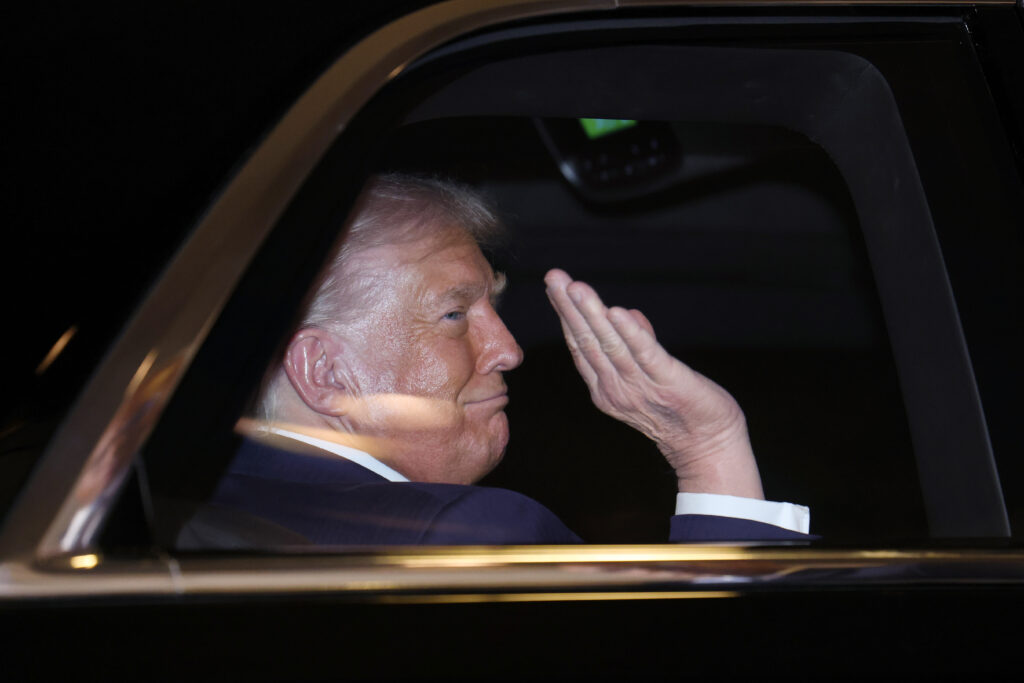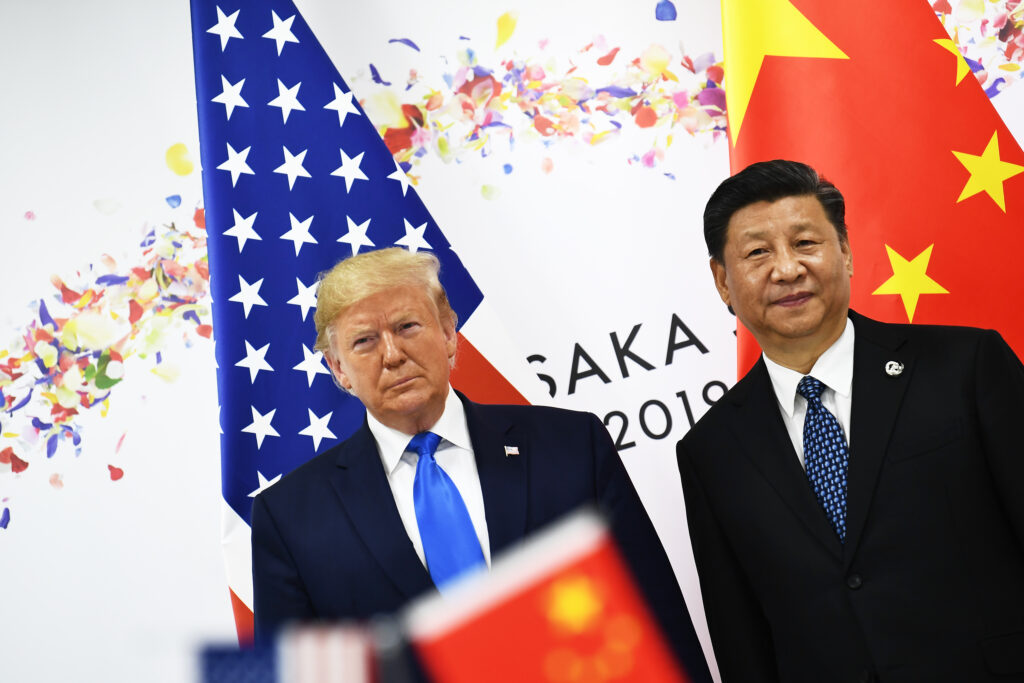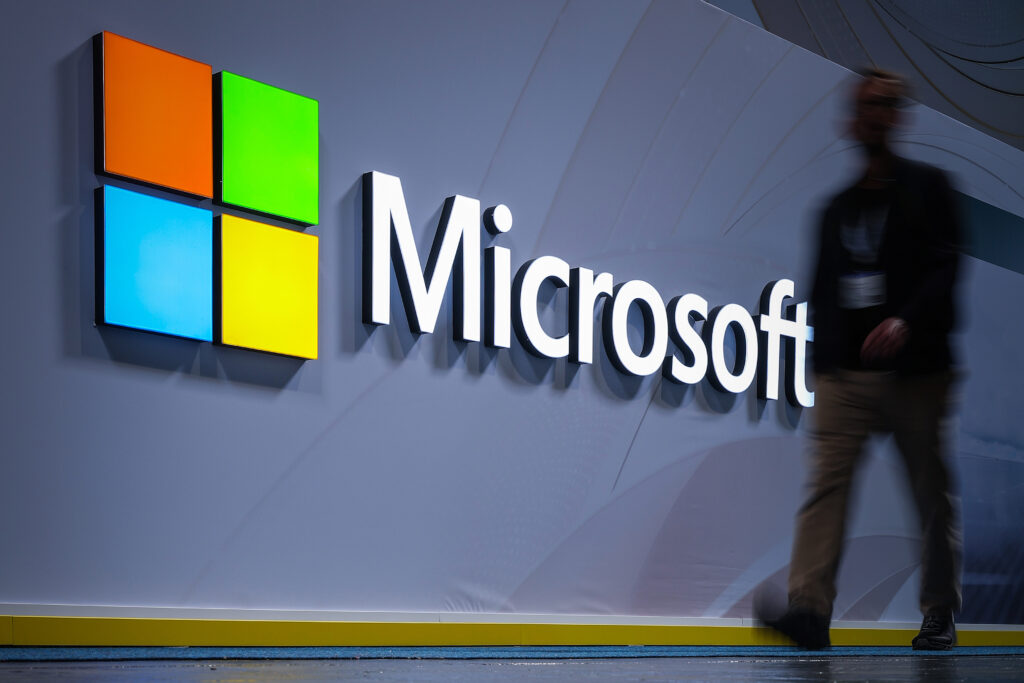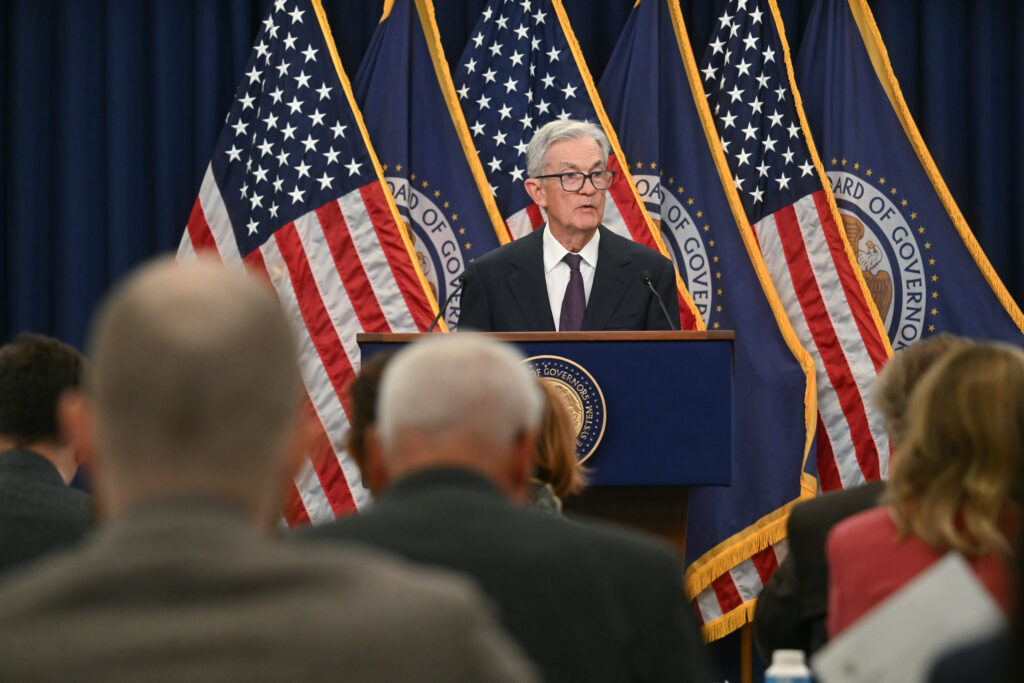Meta and TikTok to obey Australia under-16 social media ban
Tech giants Meta and TikTok said Tuesday they will obey Australia’s under-16 social media ban but warned the landmark laws could prove difficult to enforce. Australia will from December 10 force social media platforms such as Facebook, Instagram and TikTok to remove users under the age of 16. There is keen interest in whether Australia’s sweeping restrictions can work, as regulators around the globe wrestle with the dangers of social media. Both TikTok and Meta — the parent company of Facebook and Instagram — said the ban would be hard to police, but agreed they would abide by it. “Put simply, TikTok will comply with the law and meet our legislative obligations,” the firm’s Australia policy lead Ella Woods-Joyce told a Senate hearing on Tuesday. On paper, the ban is one of the strictest in the world. But with just over a month until it comes into effect, Australia is scrambling to fill in key questions around enforcement and firms’ obligations. TikTok warned the “blunt” age ban could have a raft of unintended consequences. “Experts believe a ban will push younger people into darker corners of the Internet where protections don’t exist,” said Woods-Joyce. – ‘Vague’ and ‘rushed’ -Meta policy director Mia Garlick said the firm was still solving “numerous challenges”. It would work to remove hundreds of thousands of users under 16 by the December 10 deadline, she told the hearing. But identifying and removing those accounts still posed “significant new engineering and age assurance challenges”, she said.”The goal from our perspective, being compliance with the law, would be to remove those under 16.”Officials have previously said social media companies will not be required to verify the ages of all users — but must take “reasonable steps” to detect and deactivate underage ones. Companies found to be flouting the laws face fines of up to Aus$49.5 million (US$32 million). Tech companies have been united in their criticisms of Australia’s ban, which has been described as “vague”, “problematic”, and “rushed”. Video streaming site YouTube – which falls under the ban — said this month that Australia’s efforts were well intentioned but poorly thought through. “The legislation will not only be extremely difficult to enforce, it also does not fulfil its promise of making kids safer online,” local spokeswoman Rachel Lord said. Australia’s online watchdog recently suggested that messaging service WhatsApp, streaming platform Twitch and gaming site Roblox could also be covered by the ban.






